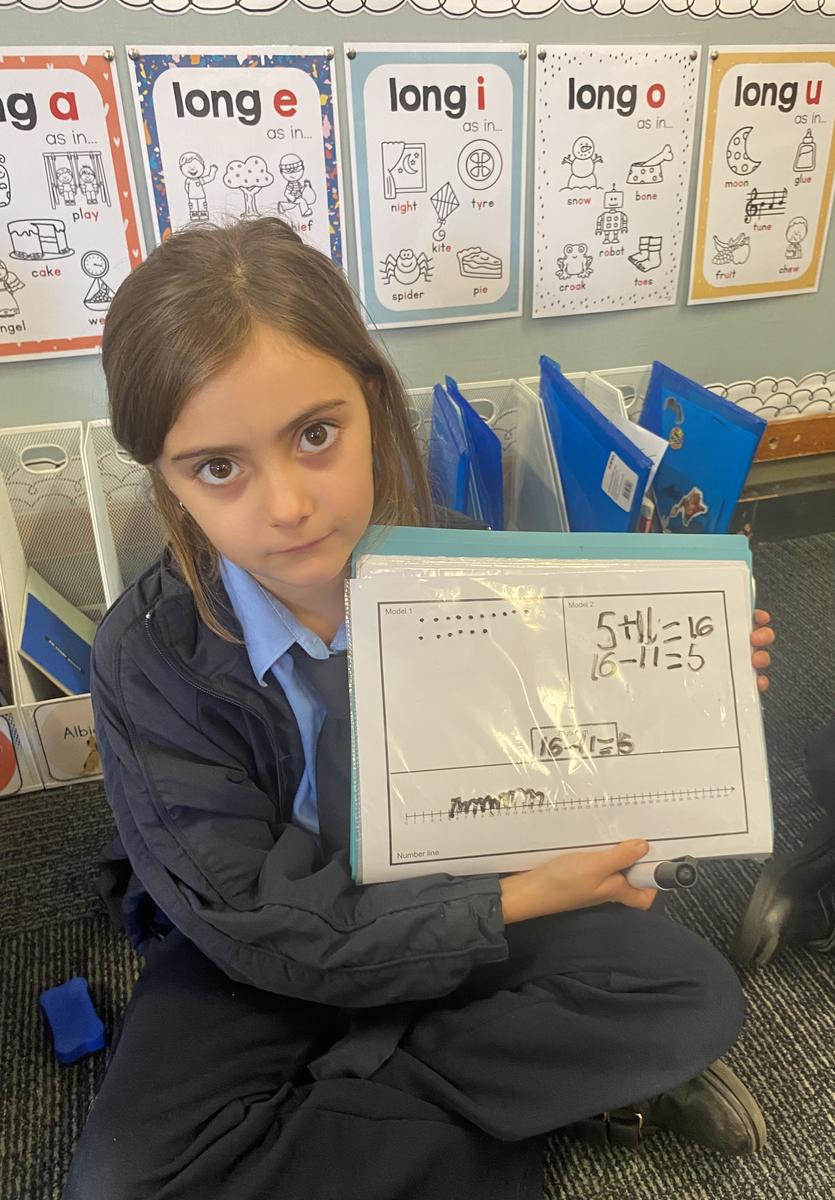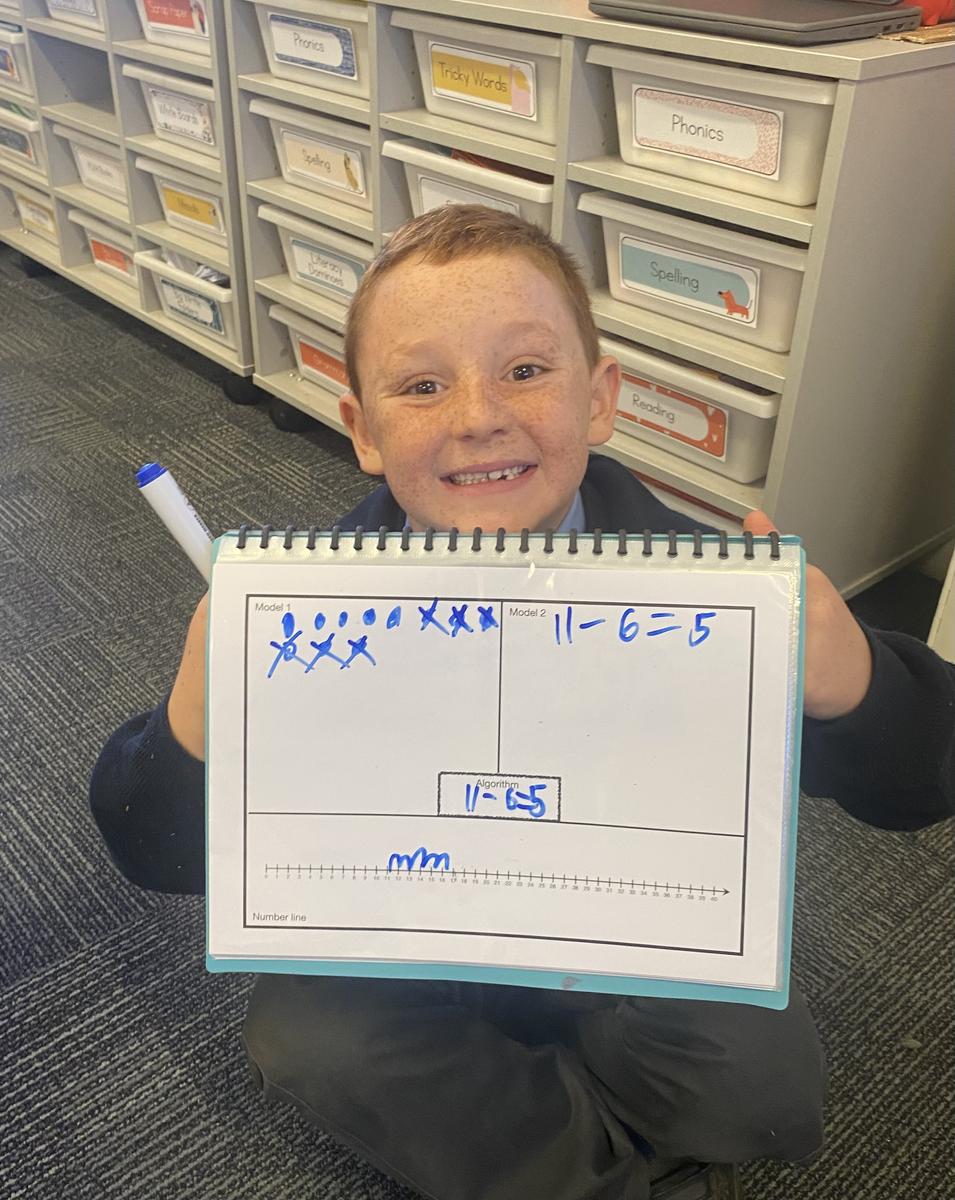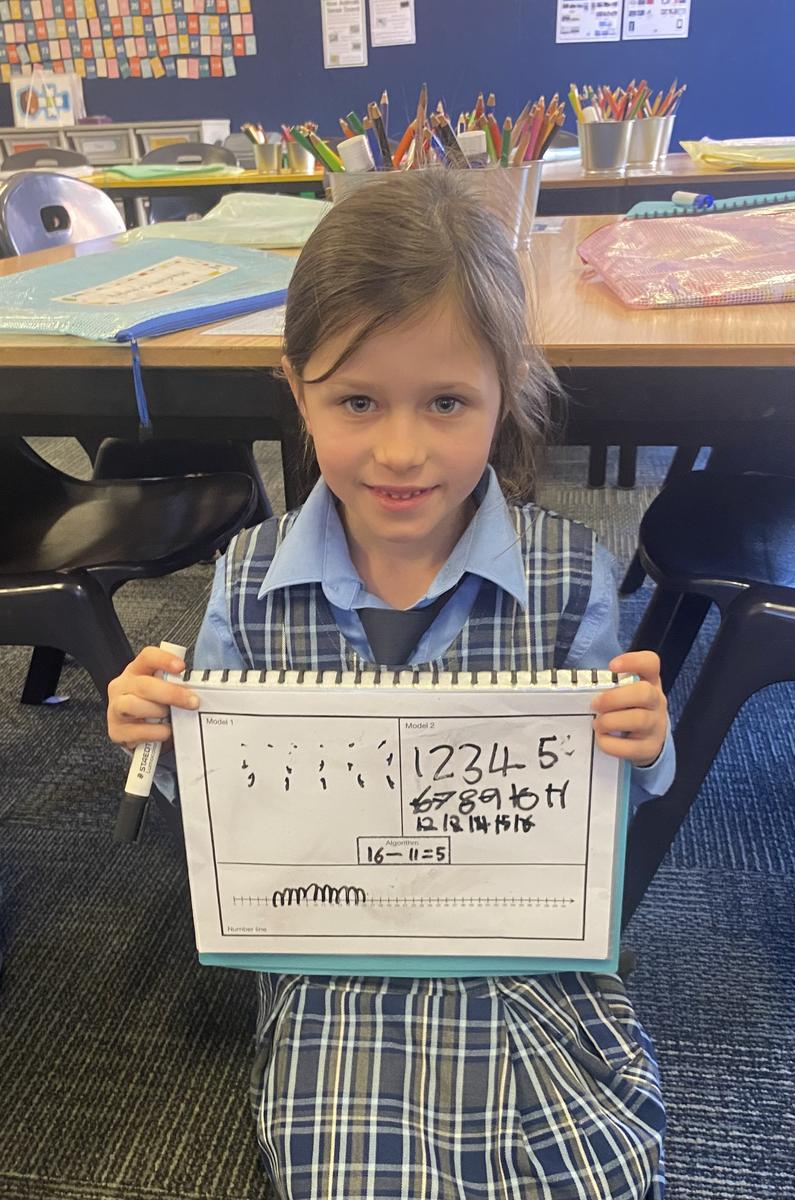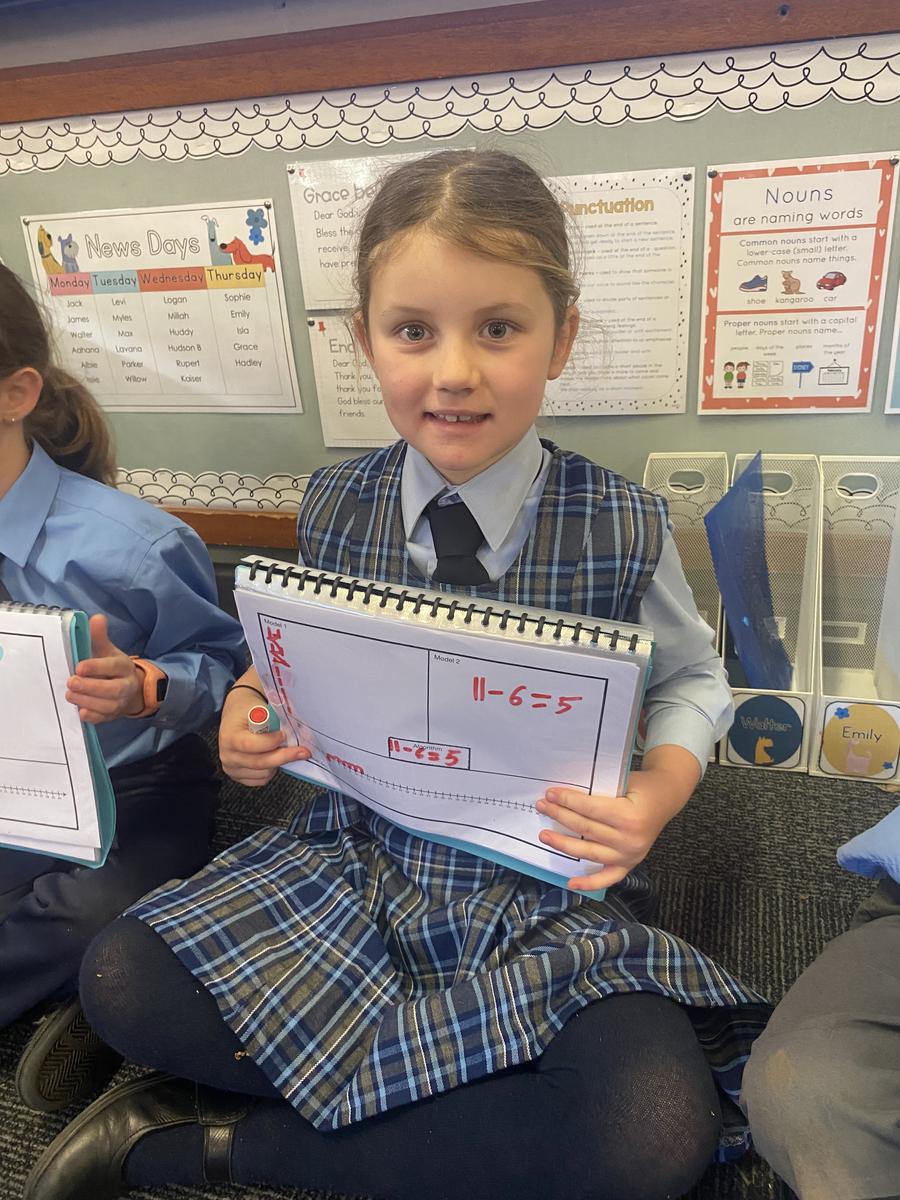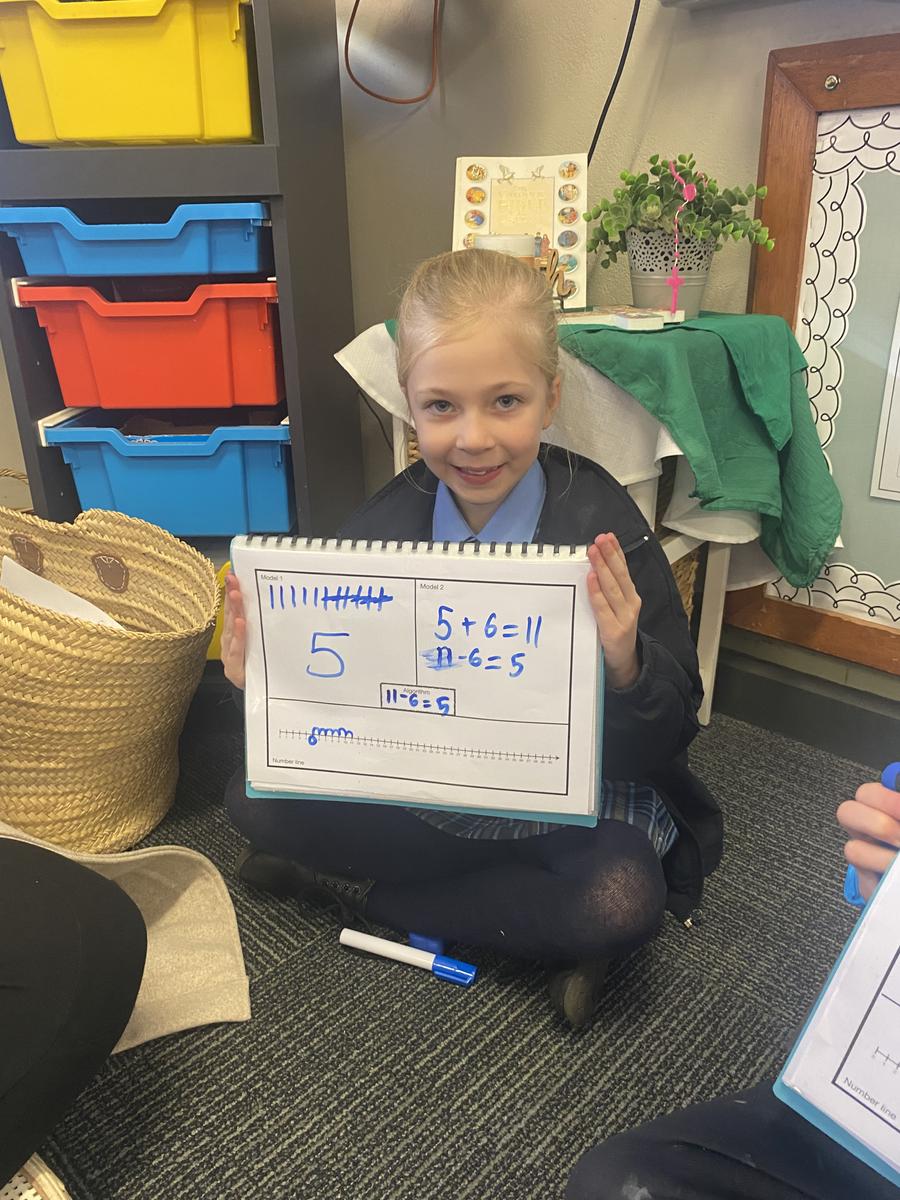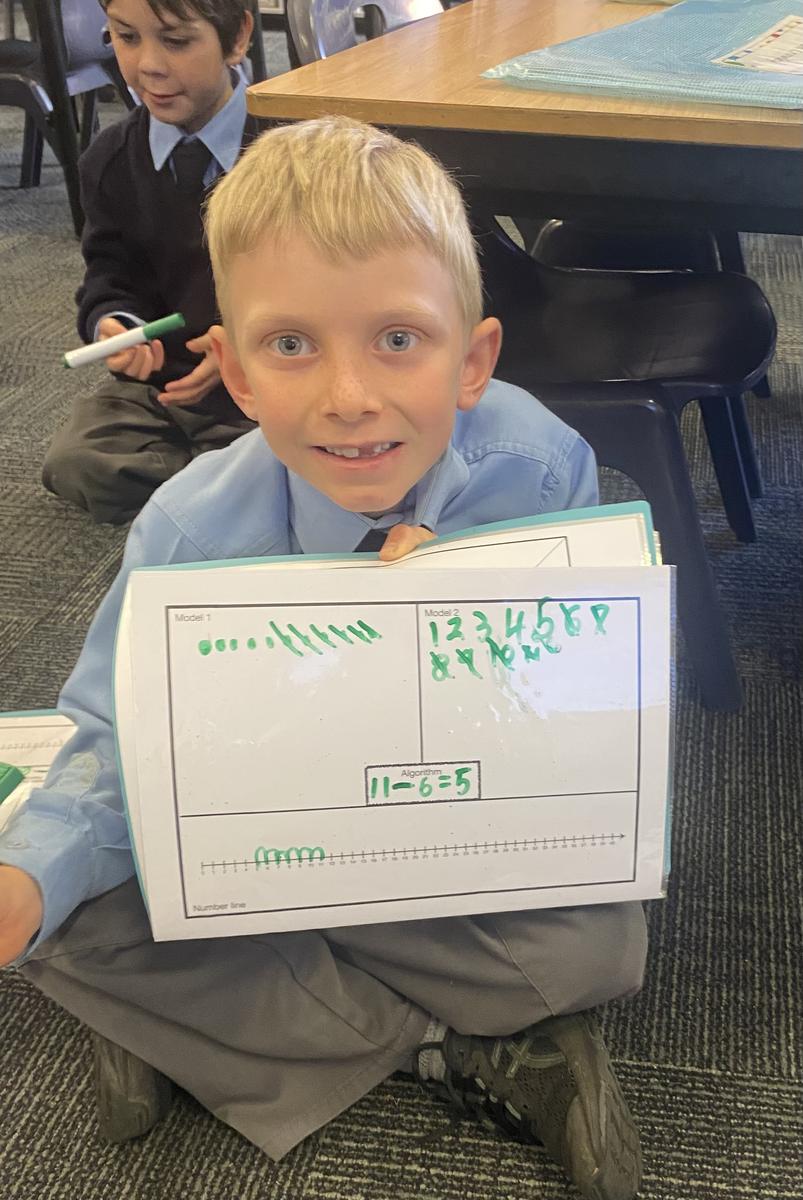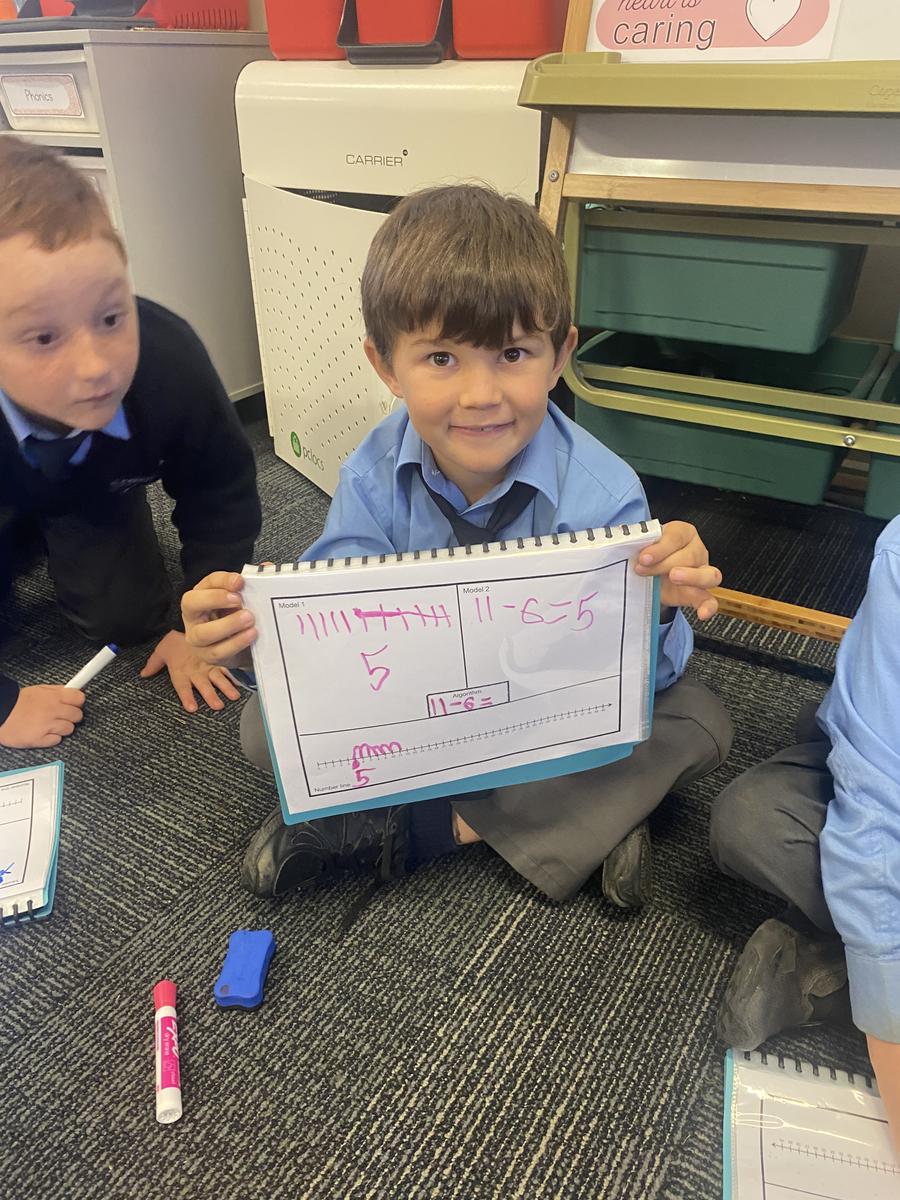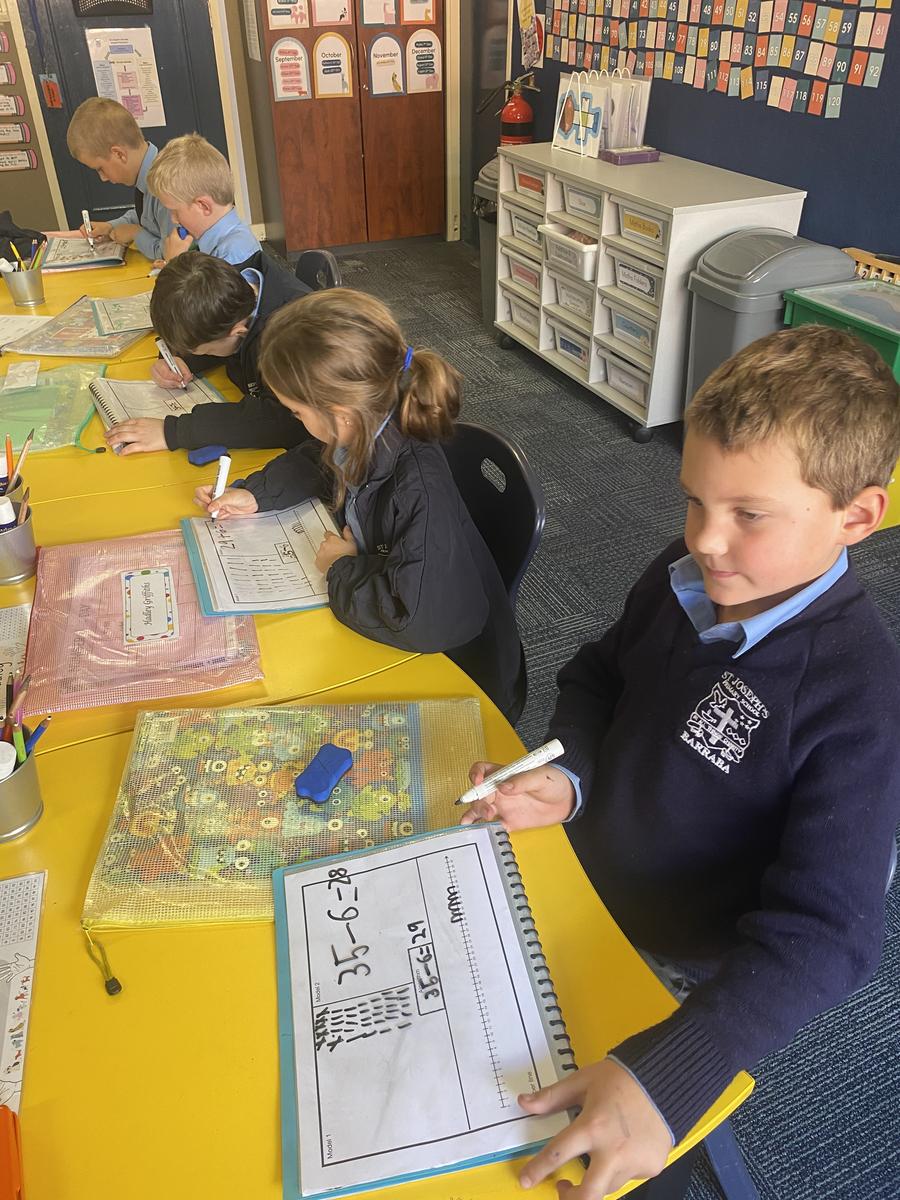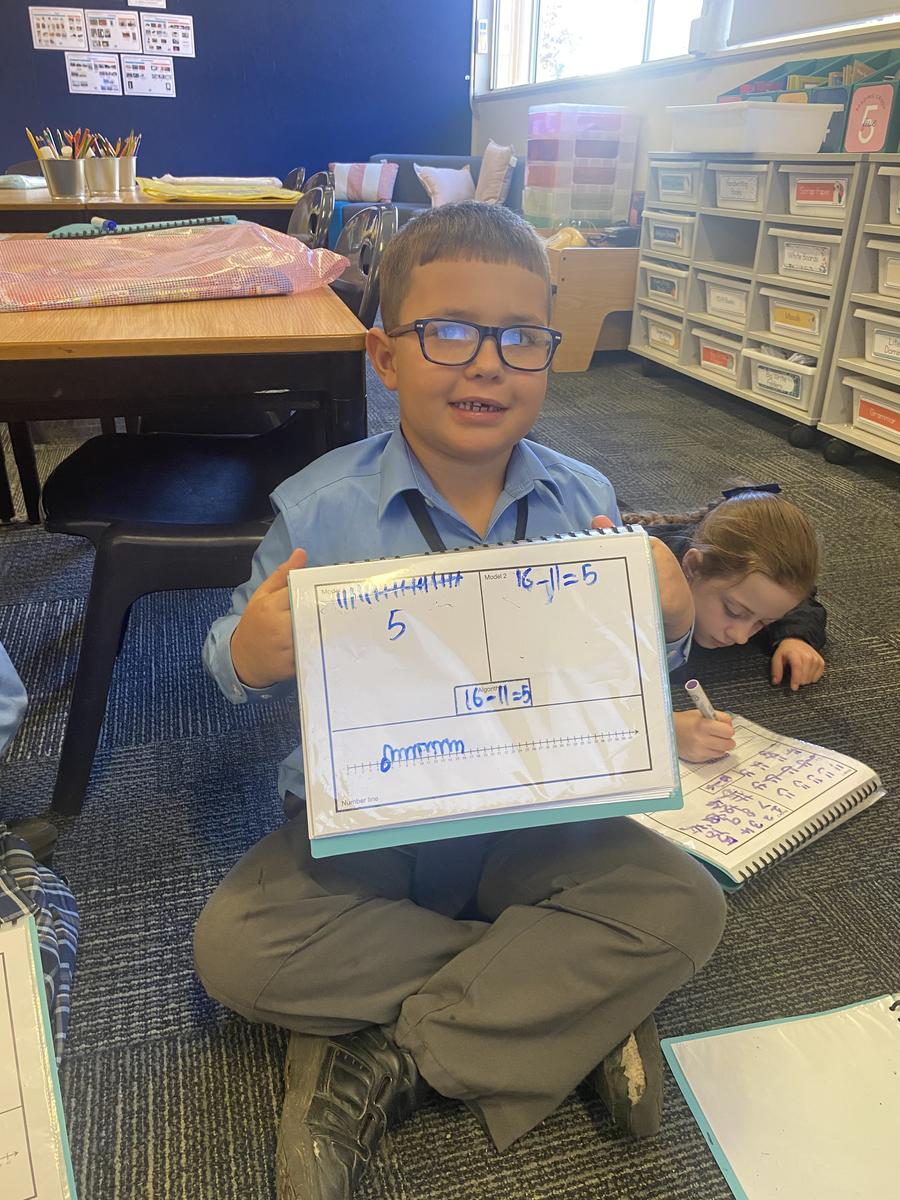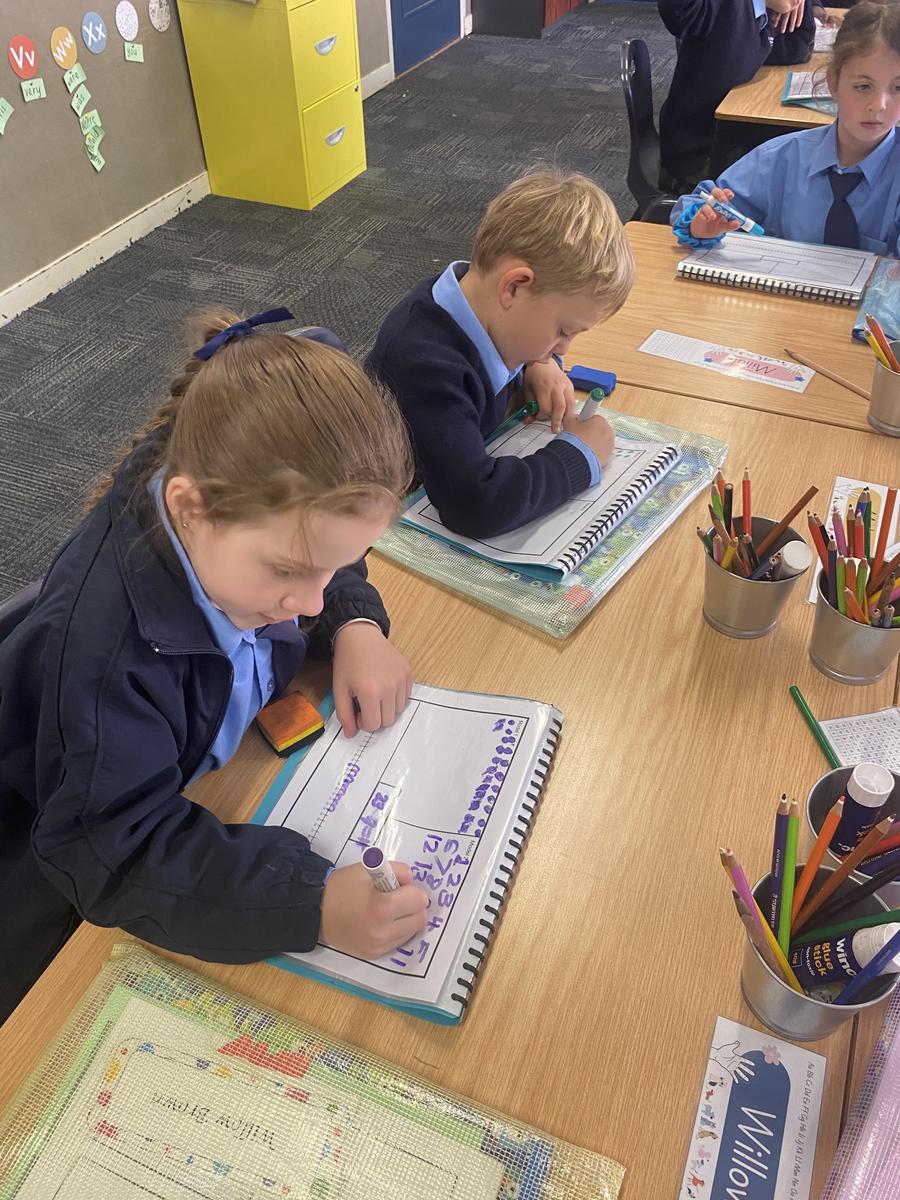Learning News 1/2
Mrs Amy Phillips

Learning News 1/2
Mrs Amy Phillips
In Writing, students have been learning how to persuade others effectively using the persuasive text type. They’ve explored the structure and key features of persuasive writing, such as forming strong arguments, using emotive language, and starting sentences persuasively.
This learning has been linked to our History inquiry unit on technology from the past. Students have been forming and justifying opinions about whether certain technological advancements have been helpful or not. Students have surprised me with their thoughtful arguments that learning and many everyday activities can still be enjoyed without relying on technology.
This term, we’ve placed a strong focus on spelling. Students are working hard to apply the strategies learned in InitialLit and transfer them into their everyday writing. When writing, we encourage students to slow down, stretch out words, and use the spelling strategies we practise in class.
One of the best ways to support spelling development is through fun, regular practise at home. Here are some simple phonics-based games you can do at home:
These games are quick, engaging, and don’t require any special equipment — perfect for busy families!
Phonics game photos to come!
In Mathematics, we’re focusing on combining and separating quantities, with a special emphasis on subtraction. This helps students move beyond counting objects to understanding number relationships and solving problems confidently.
Students are using strategies such as number bonds to 10 and 20 (e.g. 7 + 3 = 10), and learning that the equals sign (=) means both sides of a number sentence are equal. This deeper understanding sets them up for success in future maths concepts like algebra.
How You Can Help at Home:

